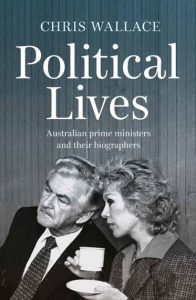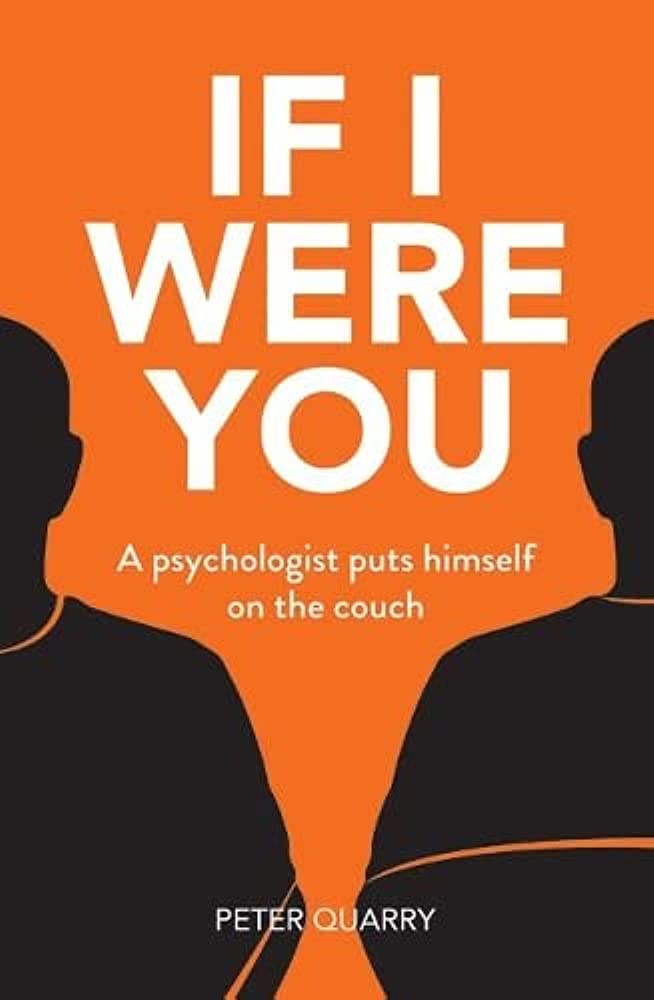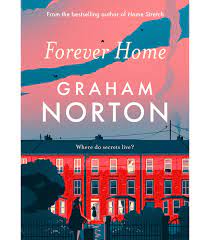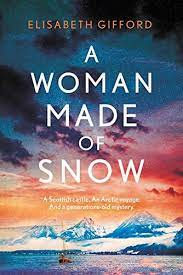Title: Political Lives
Author: Chris Wallace
Publisher: UNSW Press, February 2023; RRP $39.99
When in Castlemaine (Vic) who can resist a visit to Stonemans Bookroom, a truly independent bookseller, in the main shopping precinct. With pleasant memories of previous visits lingering in the back of my mind, I browsed the shelves and tables, enjoying the unsullied newness of the various offerings.
I would not normally look twice at books on politics and politicians, but my interest was piqued by the author’s name, Chris Wallace, and, of course, the casually intimate cover photo of Bob and Blanche. The latter with cup and saucer in hand, so Australian, a good cuppa in moments of intrigue.
Chris Wallace is a name familiar to me, mostly by reputation. Not because of her appearances on the ABC’s Drum program or her a repute as a savvy political commentator, and certainly not because of her role as a professor at the Faculty of Business Government and Law, University of Canberra. She frequented a mutually favourite cafe in Manuka. It was a popular Friday afternoon haunt, not just for political journos but also with us lesser mortals; Grande’s served good pasta and was BYO.
Political Lives has all the trappings of a serious work, well referenced, cross referenced, indexed and clearly the product of careful research and extensive subject matter knowledge. Perhaps appealing to a niche audience, being a book about books, it is above all a good read.
The main academic thread of Political Lives is the evolution and role of the political biography in Australia — federal Australia, not the states and their upstart premiers. Indeed, I don’t recall even a remote consideration that premiers might even warrant a biography.
Listen to Chris Wallace in conversation about Political Lives
@ experience ANU
Wallace begins Political Lives with an explanation of her own aborted biography of Julia Gillard. She did not want to fuel the inappropriate behaviour rampant at the time. Then, she chronologically works her way through the biographies of prime ministers.
Political Lives is very much a story behind the story, providing insights into how the various biographies came about, who wrote them, why they wrote them, lifting the lid on a specialised segment of the literary world. A world mostly inhabited by journalists and academics. Wallace laces the story with serious discussion on the role of the contemporary biography in the political process, arguing their value for party colleagues and the public to be able to examine leaders and potential leaders through the eyes of professional writers/academics/journalists.
The attitude to political biographies by the various former prime ministers is interesting, and like so much of politics shows consistency with the views of the occupants of the political landscape. Wallace does a respectable job of being even handed in her approach, limited, I would assume, by the availability of material and circumstances surrounding the various published biographies. Regardless of a biographer’s political alignment, Wallace is very much in favour of biographers taking an honest, warts-and-all approach.
I found this book interesting, engaging, and easy to read. In these days of hyped social media, fake news and highly packaged political messaging by manipulative politicians, this was a refreshing and sensible read.
Reviewed by: Frank Thompson
Ballarat Writers Inc Book Review Group










